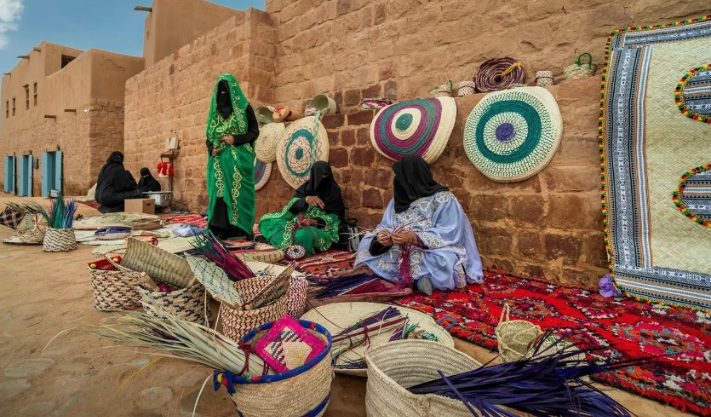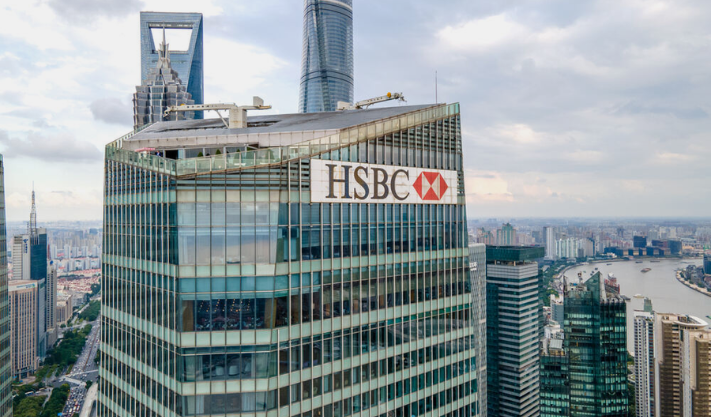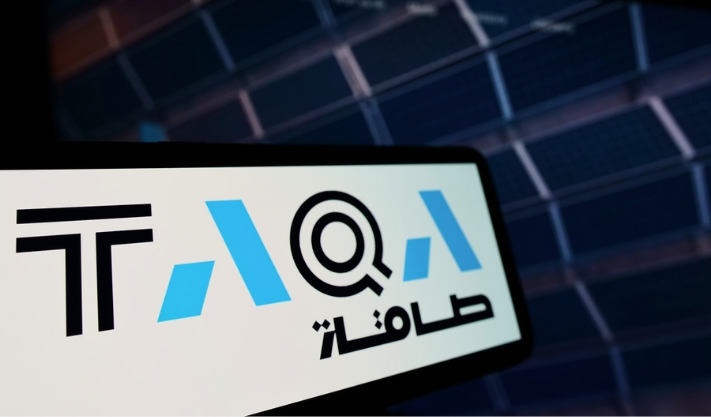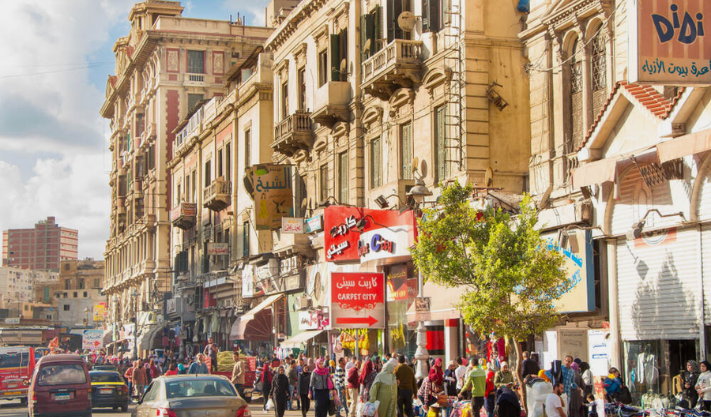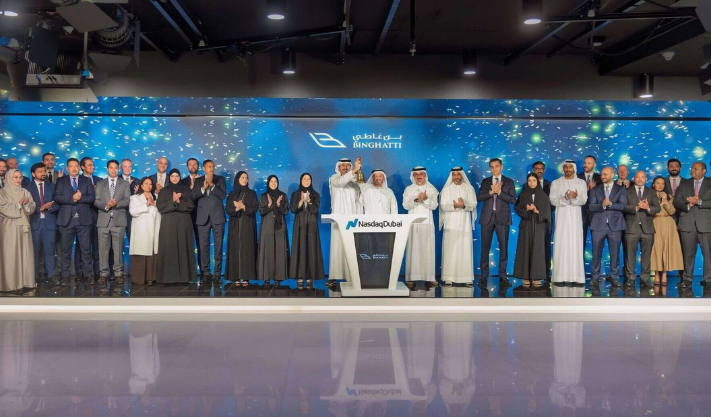How Gulf States Turn Heritage Into a Business Strategy
In the Gulf, heritage is no longer limited to museums or old ruins. It is now a key part of economic growth, tourism, and global image-building. In Riyadh, the historic Diriyah district — birthplace of the Saudi royal family — is being turned into a major cultural hub. With more than $63 billion invested, the project will feature 28 hotels, large shopping and office areas, and a cultural zone around Diriyah Square. By 2030, it aims to create 178,000 jobs, house 100,000 residents, and welcome 50 million visitors each year. Across the region, Gulf governments are using UNESCO heritage sites and cultural festivals to turn old traditions into modern tools for tourism, jobs, and global influence.
Saudi Arabia now has eight World Heritage sites, Oman five, the UAE two, Bahrain three, and Qatar one. These sites not only attract visitors but also boost investment and help diversify economies beyond oil.
A 2024 UNESCO report shows cultural tourism makes up 9.1% of global GDP and around 40% of total tourism — an opportunity Gulf countries are eager to tap.
Tourism already plays a big role. In the UAE, it added about $64 billion to the economy in 2024, equal to 12% of GDP. Hotels reached record occupancy at 77.8%, and more than 103 million people traveled through Dubai, Abu Dhabi, and Sharjah airports by September. Saudi Arabia also saw growth, with tourism bringing in a $13.3 billion surplus in 2024, a 7.8% rise from the year before, while visitor spending hit $41 billion.
Heritage as Soft Power
Museums, cultural restoration, and creative centers are now part of Gulf economic plans, alongside large infrastructure projects. UNESCO heritage status does more than give prestige — it attracts global tourists, foreign investment, and positions Gulf cities as cultural leaders.
For example, Saudi Arabia’s Winter at Tantora festival in AlUla — a UNESCO site — combines concerts, art, and storytelling to create a high-end cultural experience. It includes the UNESCO-backed AlUla Story Circles, inspired by oral traditions, where small groups share personal stories to build empathy, cultural exchange, and stronger bonds between visitors and the local community.
In the UAE, events like the Sharjah Biennial and Sharjah Heritage Days attract international experts, artists, and tourists. These festivals bring money to hotels, craft markets, and other services. The Biennial, run by the Sharjah Art Foundation since 1993, is now one of the biggest art events in the region. It features large art installations, music, films, and performances, encouraging global cultural exchange. Sharjah Heritage Days focuses on Emirati and Arab traditions, with folk arts, craft shows, and cultural exchanges, highlighting Sharjah’s role in preserving heritage. For example, the “Cluster of Lights” event drew more than 15,000 visitors in just five days, boosting hotels, markets, and the city’s cultural image.
Design also plays a major role in this transformation. Gulf governments are promoting creative industries to diversify their economies. Both Dubai (2017) and Doha (2021) were named UNESCO Creative Cities of Design, showing their commitment to using design for sustainable growth. In Dubai, the Dubai Design District (d3) was built as part of the Creative Economy Strategy 2021–2026. This plan aims to double the sector’s share of GDP and make Dubai one of the world’s top creative hubs by 2025, supporting 500 companies and creating 10,000 jobs. Doha uses its UNESCO title to support Qatar’s National Vision 2030. Museums like the Museum of Islamic Art and the National Museum of Qatar serve as cultural landmarks and boost tourism, education, and creative industries. Heritage also ties into these plans: for example, the UNESCO-listed Al Ain Oasis, with its ancient irrigation system and 147,000 date palms, is promoted as a site for eco-tourism and sustainability. Together, these projects are not just tourist attractions but also tools for building global partnerships, cultural influence, and economic diversification away from oil dependence.
Technology, Challenges, and the Future
To achieve these goals, Gulf states are using advanced technology in heritage management. Artificial intelligence (AI), machine learning, and virtual reality (VR) are being used to map archaeological sites and predict heritage locations, as noted in a UNESCO 2025 workshop. Museums are also using VR to let more people explore exhibits while protecting the original artifacts.
One example is the Sharjah Archaeology Authority’s VR projects, available on its website. These include 3D reconstructions of sites like the Tomb of Amud (TA-5) and the Mleiha Fort, allowing people to explore them online in detail. Through these digital tools, heritage sites become more accessible to the public.
Government efforts and risks
However, this rapid growth comes with risks. The UNESCO report warns that too many tourists can harm fragile desert ecosystems. Over-commercialization may reduce cultural authenticity, and rising property values in heritage areas could push out long-term residents. Large festivals and events may also have negative environmental impacts.
To reduce these risks, Gulf governments are taking steps like adding entry fees, offering programs during off-seasons, and training local experts in conservation. These efforts also support larger national plans for sustainability. For example, Saudi Arabia’s Vision 2030 highlights culture as a key focus.
Culture as a growth driver
In the Gulf, culture is now seen not as something from the past, but as a renewable resource that brings in money, attracts skilled people, and boosts global influence. Museums, design centers, and UNESCO projects are no longer just for show—they are practical tools for economic growth and soft power. Heritage is not only being protected, but also reused as a source of identity and sustainability, linking Gulf economies to their ancient roots while guiding them toward a global future.
Published: 1st September 2025
For more article like this please follow our social media Facebook, Linkedin & Instagram
Also Read:
Egypt Signs $340M Oil and Gas Deals, Plus Solar Energy Project
Iraq, Kuwait Move Forward in Talks on Shared Oil Fields
Abu Dhabi Fund to Invest $1.5 Billion in GLP’s Digital Growth
